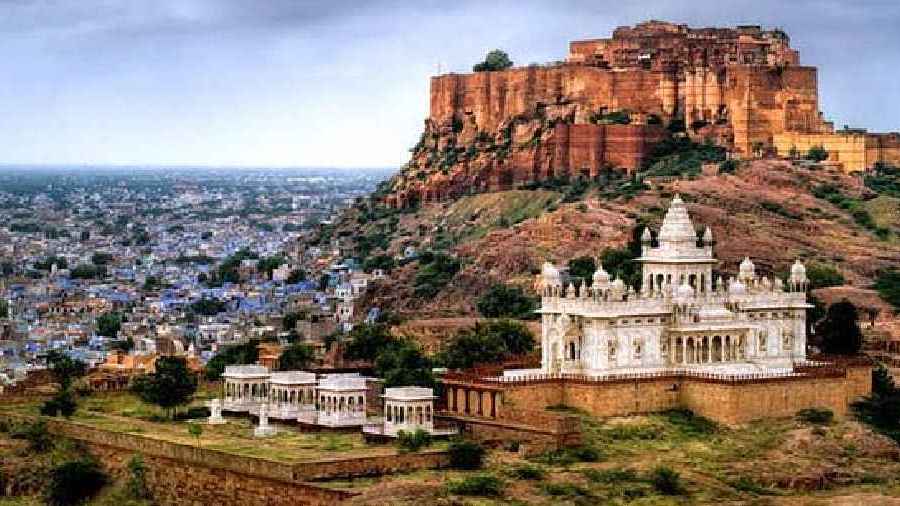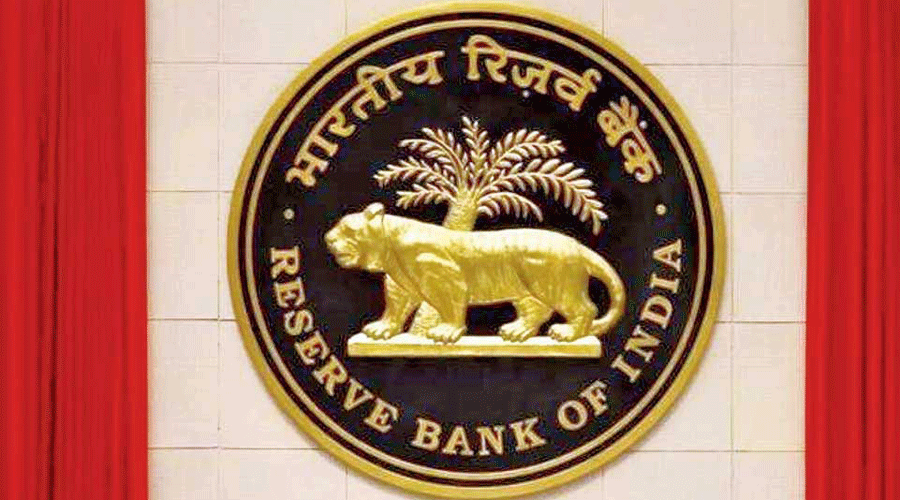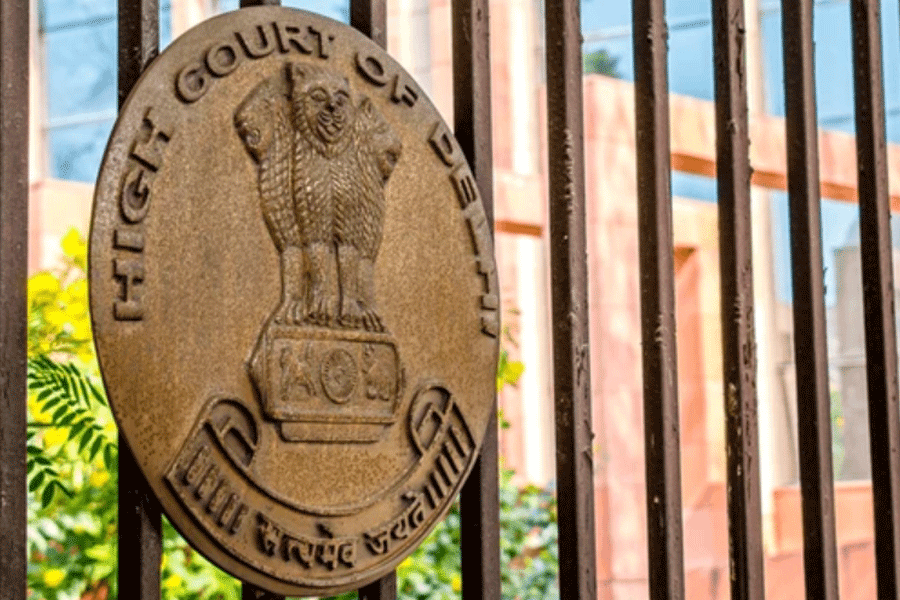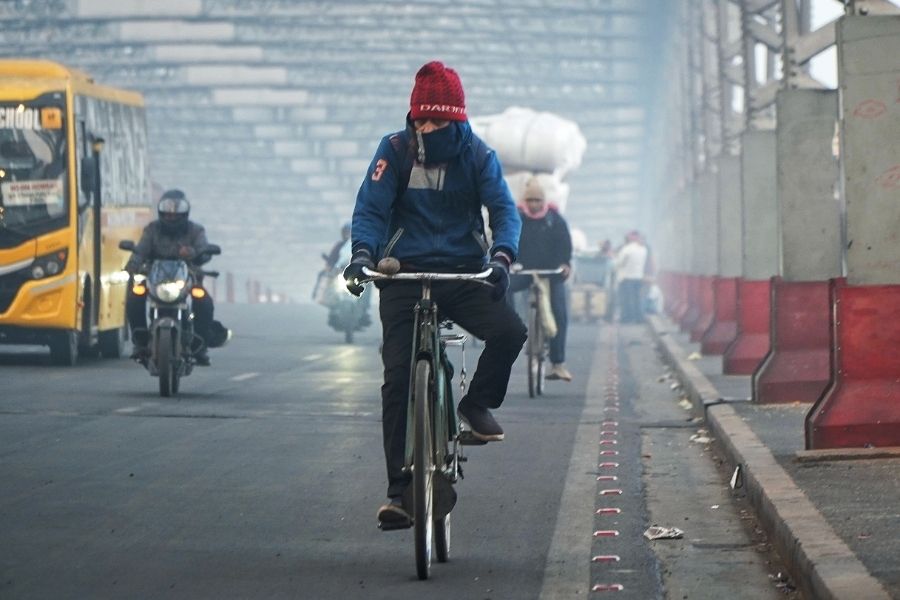Rajasthan accounted for the highest share in the total cost of projects sanctioned by banks and financial institutions in 2021-22, retaining the top place for two consecutive years, as per an article published in RBI bulletin.
Rajasthan was followed by Uttar Pradesh and Gujarat.
"State-wise data reveals that during 2021-22, more than half (56.4 per cent) of the projects were taken up in five states, viz., Rajasthan, Uttar Pradesh, Gujarat, Maharashtra and Tamil Nadu," said the article titled 'Private Corporate Investment: Growth in 2021-22 and Outlook for 2022-23'.
The share of these five states increased significantly from an average share of 40.7 per cent during the period between 2012-13 and 2019-20 to more than 50 per cent during the last two years.
The article uses data on investment intentions by the private corporate sector based on the phasing plans (ex-ante) of their project proposals to arrive at the aggregate investment intentions and assess the outlook for investment activity in the near term.
"After set back in pandemic period, announcements of new investment projects increased significantly during 2021-22, with total cost of project recording an increase of about 90 per cent over 2020-21, but still remaining below the pre-pandemic level," it said.
Infrastructure sector continued to attract maximum capex projects, led by 'power' and 'road and bridges' sectors.
Reflecting various policy initiatives undertaken by the government, investment in renewable energy is gaining traction over the years.
"Going forward, improved private corporate balance sheet, rising capacity utilisation level, robust demand sentiments, higher capital spending and various policy initiatives by the government are expected to revive the capex cycle," it said.
The central bank said the views expressed in the article are those of the authors and are not necessarily shared by the Reserve Bank of India.
Total capex plan of the private corporate sector in 2021-22 recorded an increase of 13.5 per cent over the preceding year.
A major part of this rise is attributed to resources raised through the External Commercial Borrowing (ECB) route.
In 2021-22, capex planned to be incurred from resources raised through ECB route increased sharply by 73.4 per cent to Rs 64,178 crore from its level a year ago.
Of the total capex investment envisaged during 2021-22, more than one-third is expected to be spent in 2022-23, the article said.
A total capex investment of Rs 1,93,722 crore was expected to be made by the private corporate sector in 2021-22, 13.5 per cent more than the planned phasing of the previous year.
"This rise is attributed to resources raised through ECB route," the article said.
The phasing profile of the envisaged capex, based on the pipeline projects sanctioned by the banks/FIs in the previous years prior to the reference year, increased from Rs 68,469 crore in 2021-22 to Rs 71,012 crore in 2022-23; but based on all channels of financing together, it remained lower at Rs 97,644 crore in 2022-23 as against Rs 1,07,535 crore in 2021-22.
The number and share of mega projects (Rs 5,000 crore and above) in the total project cost recorded a noticeable decrease during 2020-21 and 2021-22.
The large projects (cost ranging Rs 1,000 crore-Rs 5,000 crore) contributed a significantly higher share (47 per cent) in project cost sanctioned during 2021-22.
Though the number of large projects increased to 36 during 2021-22 from 24 projects during previous year, their share in total cost of projects moderated during 2021-22, the article said.











